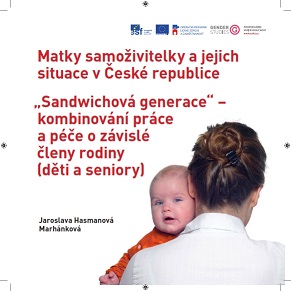
We kindly inform you that, as long as the subject affiliation of our 300.000+ articles is in progress, you might get unsufficient or no results on your third level or second level search. In this case, please broaden your search criteria.

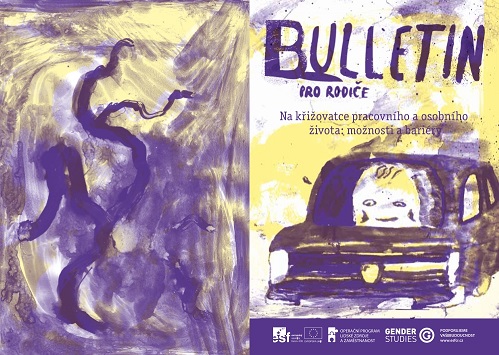
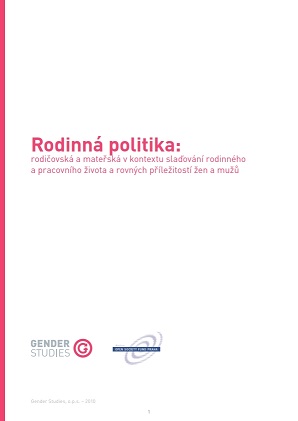
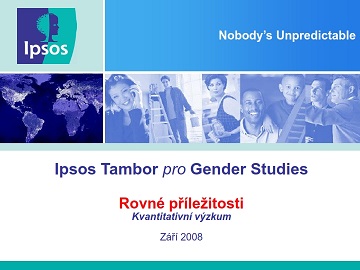
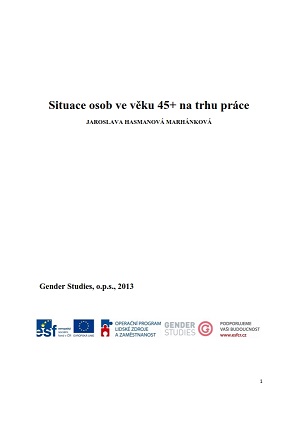
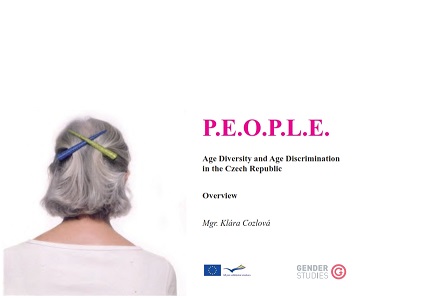
In the Czech Republic, 45 - 65 years old people comprise over a quarter of the entire population and their employment plays a key role in the country’s economy. The data presented here is based on the official national statistics, which are typically classified by age. Unfortunately, the age categories are not consistent across all types of data. In comparison to the EU, the employment intensity in the Czech Republic is slightly higher than average. The employment rate of the working age cohort 15 - 64 years was 65.2 % (as of 2009). The employment rate of 20-64 years old was 70.7% (while the average rate in the EU was 68.8 %). [...]
More...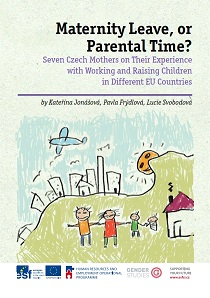
How to harmonise family and work? How to build a career without losing the chance of a family? In the Czech Republic this dilemma is more poignant than in other EU countries. Its model, where a woman’ s right to a long maternity leave is not supplemented by her right to preschool childcare or to an alternative work arrangement, is outdated in the European context. The lack of preschool facilities prevents thousands of women from returning to work and fathers from participating more in care. Seven Czech mothers with long-term experience from other EU countries, namely Denmark, Finland, the Netherlands, Germany, Norway and Sweden, shared stories about their encounters with different types of preschool facilities, with returning back to work and with various patterns of maternity and parental leave, which in those countries is not considered vacation, rather a time designated to both parents. For most women in the Czech Republic becoming a mother means entering a vicious circle. The time a Czech woman spends at home with her child is the longest of all countries in Europe. And it is unique even worldwide. Statistics show that most Czech mothers of one child stay at home for three years, which has a very deep impact on both their professional and personal lives (let alone the alternative where two children in a row keep the woman at home for up to eight years). [...]
More...
Krajem juna u Novom Sadu je, u organizaciji Skupštine Autonomne Pokrajine Vojvodine i Helsinškog odbora za ljudska prava u Srbiji, održan okrugli sto na temu: "Vojvođanski identitet danas". Čvrsti u uverenju da se preko vojvođanskog identiteta osvaja i širi prostor etničke tolerancije, što je za Vojvodinu, kao etnički najpluralniji deo Srbije, od strateške važnosti, organizatori su želeli da, podstičući javnu debatu, daju doprinos afirmaciji vojvođanskog identiteta. Potiskivan i osporavan, vojvođanski identitet zaslužuje javnu pažnju i podršku. Utoliko više, ukoliko se imaju u vidu i njegovi snažni integrativni i razvojni potencijali. Ti su potencijali značajna tačka oslonca i svim onim akterima koji budućnost Vojvodine i Srbije vide u ujedinjenoj Evropi. Knjiga koju čitalac drži u rukama, kao i rasprava na okruglom stolu, deo su šireg projekta Helsinškog odbora: "Vojvođanski identitet – problemi i perspektive", koji je realizovan zahvaljujući razumevanju i podršci Švajcarske ambasade u Beogradu.
More...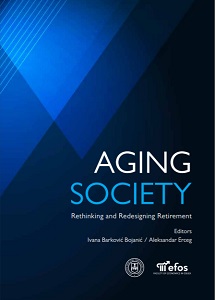
Media literacy has been recognized in European Union documents related to audiovisual and media policy as an essential factor in the modern information society, with commitment to education on this issue at all levels. However, most education programs are focused on preschool and school-age, while at the same time, some recent research shows that people over 65 are the ones who, for various reasons (primarily, ignorance), spread most misinformation or fake news via social networks. This research seeks to gain insight into the extent to which third-person consumers are media consumers, what the forms of media are they are most in touch with, and to what extent they can distinguish informative media content from covert marketing advertising. It also seeks to gain insight into the aftermath of a generation of passive media consumers with modern media technology that offers a proactive approach to participation and information formation for the masses and to answer the question as to how much they create and shape information through social networks and communication platforms. The research is conducted on a representative sample of third-age media content consumers through questionnaires and in-depth interviews, and the analysis of the results obtained aims at determining their media knowledge, experiences, habits, and insights.
More...
Da li je virus nastao ljudskim djelovanjem ili će ljudi nestati djelovanjem virusa? – to je samo jedno od 40 pitanja vezanih uz pandemiju na koja znanost još nije pronašla odgovore. Ovdje ih ekskluzivno donosimo.
More...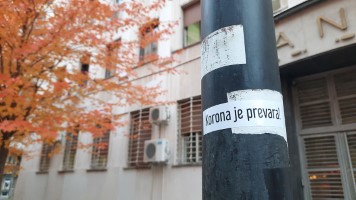
Taster za paniku je konačno pritisnut. Narodna skupština je usvojila izmene i dopune Zakona o zaštiti stanovništva od zaraznih bolesti. Čaršijom se pročulo – Srbija će svoje građane prinudno vakcinisati. Građani se pitaju, zovu pravnike i lekare: šta ćemo sada? Kako se odbraniti od državnog nasilja? To možemo tek ako prvo utvrdimo pravo stanje stvari.
More...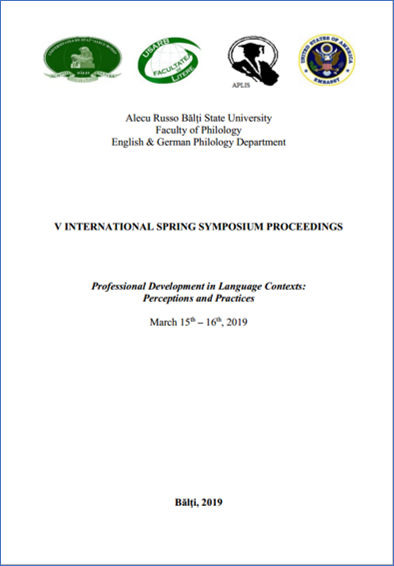
The article targets at presenting the research “Moldovans’ identity in the global context”. The imperatives of this research are: (1) to analyze the essence of the identity discourse from different perspectives; (2) to describe the rationale of the implemented study; (3) to draw conclusions on a part of the first phase implementation. This research focuses on the identification of the structure of the Moldovans’ cultural identity on the basis of the selected two cohorts of in- and out-country Moldovans. The article provides rationale of the investigation, the procedure and some raw conclusions. As the research in ongoing, there has been described only a part of the first phase. There have been selected three questions to be analyzed from the research questionnaires. All the other answers are being processed. By the end, some raw conclusions are drawn on the structure of the Moldovan self and factors that determine its modification or change.
More...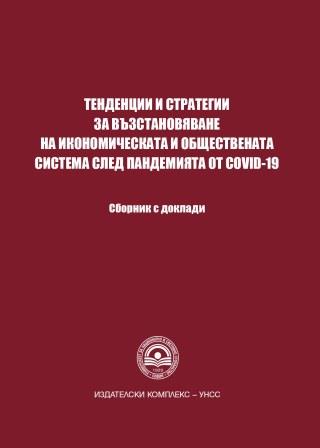
Child-related crisis prevention and recovery strategies have a key place among strategies for rebuilding societal systems after the COVID-19 pandemic in both the short and long term. The pandemic has registered difficulties in accessing key services for probably the largest group of vulnerable children – children living at risk of poverty and social exclusion. It is essential to track the impact of the pandemic not only on traditional poverty indicators, but also on financial investment to address the consequences and achieve access and quality of key services.
More...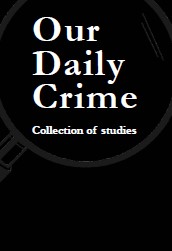
Author analyzes misdemeanors and crimes of younger minors, contained in criminal cases from the archive fund of the Royal court table in Osijek, which were conducted by the District court in Osijek from 1930 to 1945. Moreover, author has attempted to determine the patterns in which the social environment and family, proprietary, and other conditions have affected the offenders, and relate them to specific causes and motives. Similarly, the society’s response to misdemeanors and crimes is investigated through the analysis of sanctions and other measures were taken against underage offenders.
More...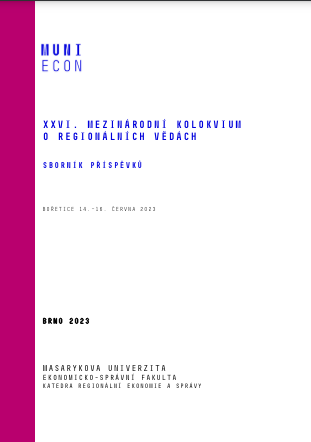
The educational structure of the population of the Slovak Republic (SR) is a dynamic system that has been formed over many years and is constantly changing dynamically and will change in the future. The main goal of the contribution was to evaluate and compare changes in the educational structure in the regions of the Slovak Republic within the period 2001-2021, based on the data on the highest level of education achieved by inhabitants of the Slovak Republic. Research data were obtained from available results of the census of inhabitants, houses, and apartments in years 2001, 2011 and 2021. The comparative analysis of the data was carried out by descriptive methods of mathematical statistics using table and graphic presentation of results. Results showed that over the past twenty years, there has been a significant increase in the population of university-educated residents in Slovakia, the number of residents with primary education and with lower secondary education (GCE O Level) have decreased; the share of residents with the complete secondary education (GCE Advanced Level) has remained stable within the population development.
More...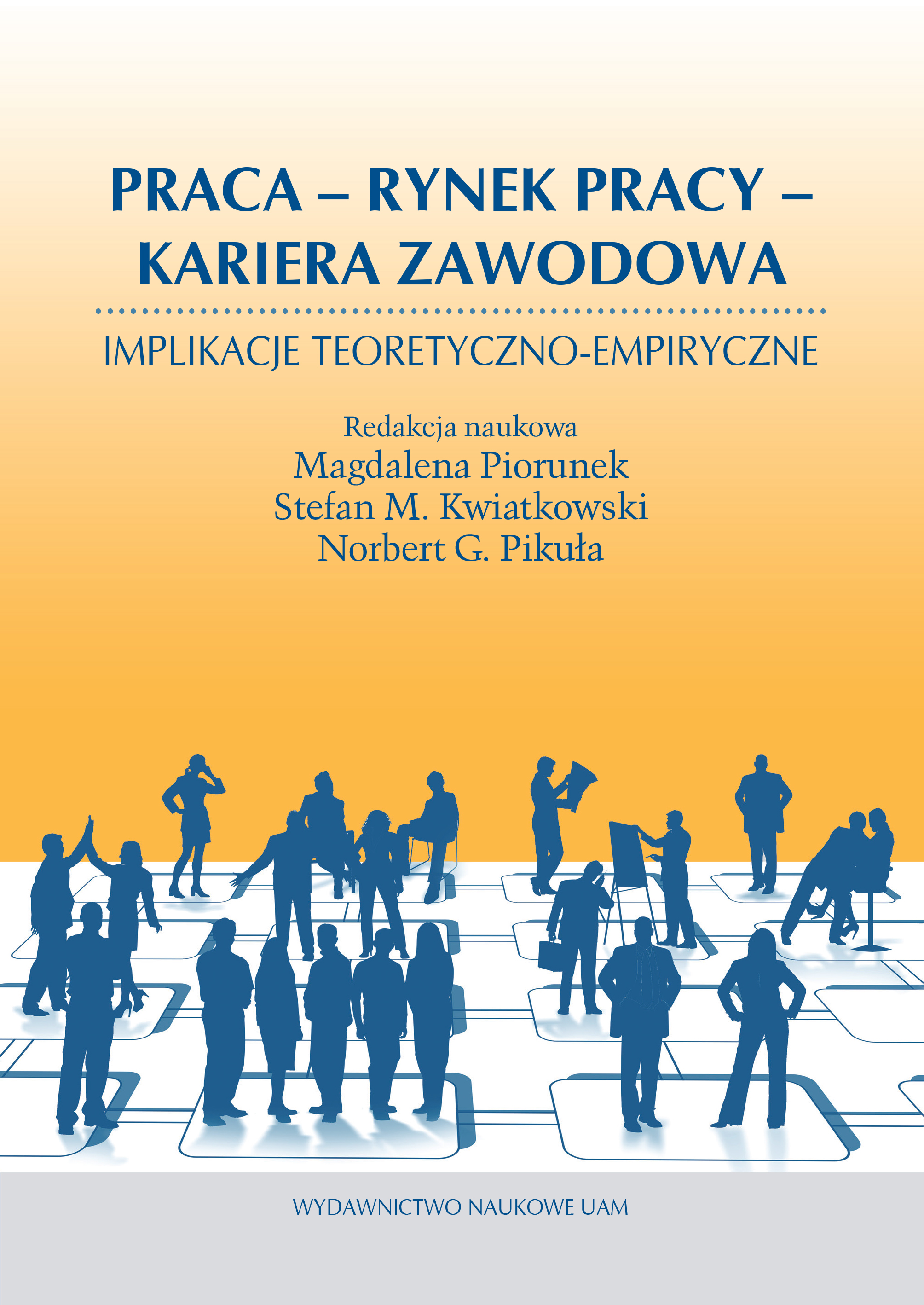
The article presents the issue of socio-cultural activity of senior citizens in terms of the ongoing demographic changes on the labour market and its importance in the holistic development of the elderly. It also points out some examples of how forms of activating senior citizens function, including universities of the third age and senior activity centres, which have a significant impact on maintaining personal potential.
More...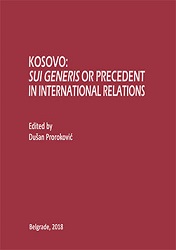
Political issues in Kosovo were strongly related to its population dynamics during the twentieth century, above all due to the “demographic explosion” induced by the huge lag in fertility transition if compared to the rest of Europe. However, soon after the turn of the century, the total fertility rate in Kosovo has dropped to about the replacement level (2.1 children per woman), which, along with permanent migration outflows since the 1990s, indicates a new demographic era in sight. Using the recent evidence on demographic and migration trends supported by the updated theoretical considerations in the framework of demographic transition and the migration cycle concept, we examine the key demographic implications that could be expected in light of assumed population dynamics in Kosovo over the next decades. The effects of the demographic momentum (population increase purely on account of the young age structure) reduced by the negative impact of emigration could expire up to 2035-40. As a result, the decreasing and ageing population could become a highly probable future of Kosovo in just 20-25 years, indicating the tremendous reversal could happen in the perception of the population factor in this territory from the viewpoint of political and security issues in the region.
More...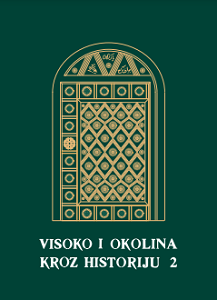
Još od kraja 14. stoljeća osmanske trupe počele su se pojavljivati u Bosni. Prvi akindžijski upadi u sklopu šire strategije na jugoistoku Evrope bili su usmjereni na Hercegovinu. Posljednjih godina 14. stoljeća (1392) zabilježeni su upadi i ka samom središtu, na područje Glasinca. Njihovo kasnije prisustvo u Bosni bilo je uvjetovano ne samo unutarnjim prilikama u samoj Bosni nego i u njenom užem i širem okruženju, posebno kada je Bosna postala prostor sučeljavanja interesa dviju sila, Ugarske i Osmanskog carstva u prvoj polovini 15. stoljeća. To je rezultiralo čestim osmanskim prisustvom u Bosni. Tako su se odnosi Bosne i Osmanskog carstva odvijali od otvorene konfrontacije do savezništva s nekim od aktera na bosanskoj povijesnoj sceni. Povremeno savezništvo započelo je još u vrijeme Sandalja Hranića koji je, prema izvještajima 1411. godine, držao osmanske najamničke odrede od 7.000 vojnika.
More...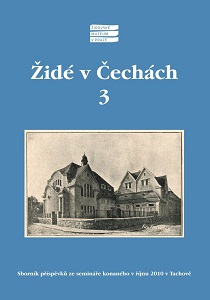
The study of Jewish refugees from Galicia and Bukovina in Bohemia during World War I, conducted by Klára Habartová, examines demographic aspects using preserved registry records from 180 Jewish religious communities. These records, stored in the National Archives in Prague, include birth, marriage, and death registers from 1914 to 1919. The research identifies two main waves of refugees: the first from October 1914 to August 1915 and the second from August 1916 to April 1917. The records reveal details about births, including the first refugee child born in Liberec in September 1914, and marriages, often re-registered due to previous ritual-only ceremonies in Galicia and Bukovina. Death records highlight the high mortality rates among refugees, particularly due to infectious diseases and harsh living conditions. The study also notes the challenges in accurately recording demographic data due to inconsistencies and duplications in the registry entries. Overall, the research provides valuable insights into the lives and struggles of Jewish refugees in Bohemia during the war.
More...
The document provides a brief overview of the history of the Jewish community in Chrudim, emphasizing the sources used for research and the potential for further study. It traces the presence of Jews in Chrudim back to 1254, when King Přemysl Otakar II granted them the right to settle in royal towns. The earliest written record of Jews in Chrudim dates to 1511, and the community faced various challenges, including restrictions on trade and settlement. Despite these obstacles, Jews in Chrudim engaged in financial transactions and trade with local residents. The document also highlights the impact of the Holocaust on the Jewish community, with many members being deported to concentration camps. Post-war efforts to document and preserve the history of the Jewish community in Chrudim are also discussed, including the reconstruction of the Jewish cemetery and the identification of individuals buried there. The study underscores the importance of understanding the historical context and the contributions of the Jewish community to the town's development.
More...